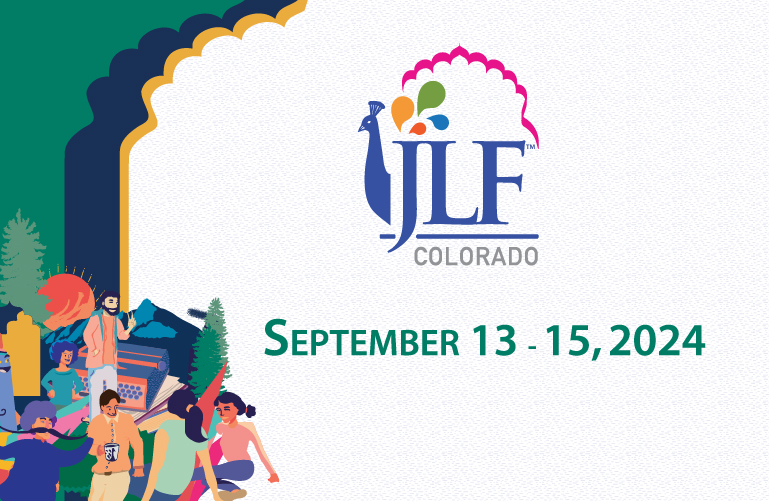

Medical Narratives: The Pulse of the Story
Sanjoy K. Roy introduced cardiologist Sandeep Jauhar, whose most recent book is Heart: A History. Heart tells the story of his own family’s history of heart disease; it also calls attention to the physicians whose research and experiments have led to our current understanding of this vital organ.
Jauhar grew up in a home suffused by his father’s grief over his father’s premature death. Having been bitten by a snake, his grandfather collapsed upon seeing its corpse and was later taken to a hospital and pronounced dead. There, his official cause of death was deemed a heart attack—not a snake bite, as the family had believed. This story led Jauhar to see the heart as the executioner of men in the prime of their lives.
Jauhar’s family’s malignant history was one reason he wrote Heart (his maternal grandfather also died of a heart attack). He was also deeply interested in how the heart functioned from an early age. In high school, he tried to measure the electrical signal in a frog’s heart, inadvertently killing his subject. He remembered how he cried, and how his mother told him, “Thera dil bahut chhota hai,” which translates to “your heart is very small.” This was a feeling Jauhar could not easily shake off.
Many years later, in medical school, he recalled dissecting a cadaver and being especially intrigued by the heart. “I immediately thought of my grandfather, what his coronary arteries must have been like; I also thought of my own,” he said.
Heart was inspired in part by the metaphor of the heart, which represents both courage and love. “The Greeks thought of the heart as central locus of emotions of soul,” he explained. “Plato thought of it as a sentry, a guard of events that might be detrimental to the body.”
This past Sunday, Jauhar wrote about heartbreak for the New York Times, describing how, during intense heartbreak, the heart balloons out at its apex and shrinks at its base, changing shape so that it resembles a takotsubo, the Japanese word for an octopus trap; hence the term “takotsubo cardiomyopathy,” or broken-heart syndrome. “This entity we refer to as heartbreak has a biological manifestation,” he said.
One of the characteristics of the heart that intrigues Jauhar is that it pumps blood not only to the entire body, but also to itself, and in this way it’s self-sustaining. The heart beats three billion times in a lifetime, Jauhar explained. “The amount of work it does is mind-boggling.”
Jauhar called attention to the work of several pioneers in the field of cardiology, including seventeenth-century physician William Harvey, who discovered the then- sacrilegious idea of blood circulation; and Walt Lillehei, who performed surgeries using a technique called cross-circulation. Initially creating an uproar in the medical community, this technique was later supplanted by the heart-lung machine. Jauhar also mentioned South African doctor Christiaan Barnard, who performed the first human-to-human heart transplant.
When Roy asked if we know everything there is to know about the heart, Jauhar replied that we still have a great deal to learn. “More people die of heart disease than any other disease,” he said, “and a disproportionate number of these people are in South Asia.” Even though cardiac mortality has slowed, Jauhar emphasized that we need to start paying more attention to our emotional lives, to shift back to the time when the heart was considered the locus of emotions.
At the same time, we must celebrate how far we’ve come, Jauhar said.
– Sangeeta Mehta

Leave a comment